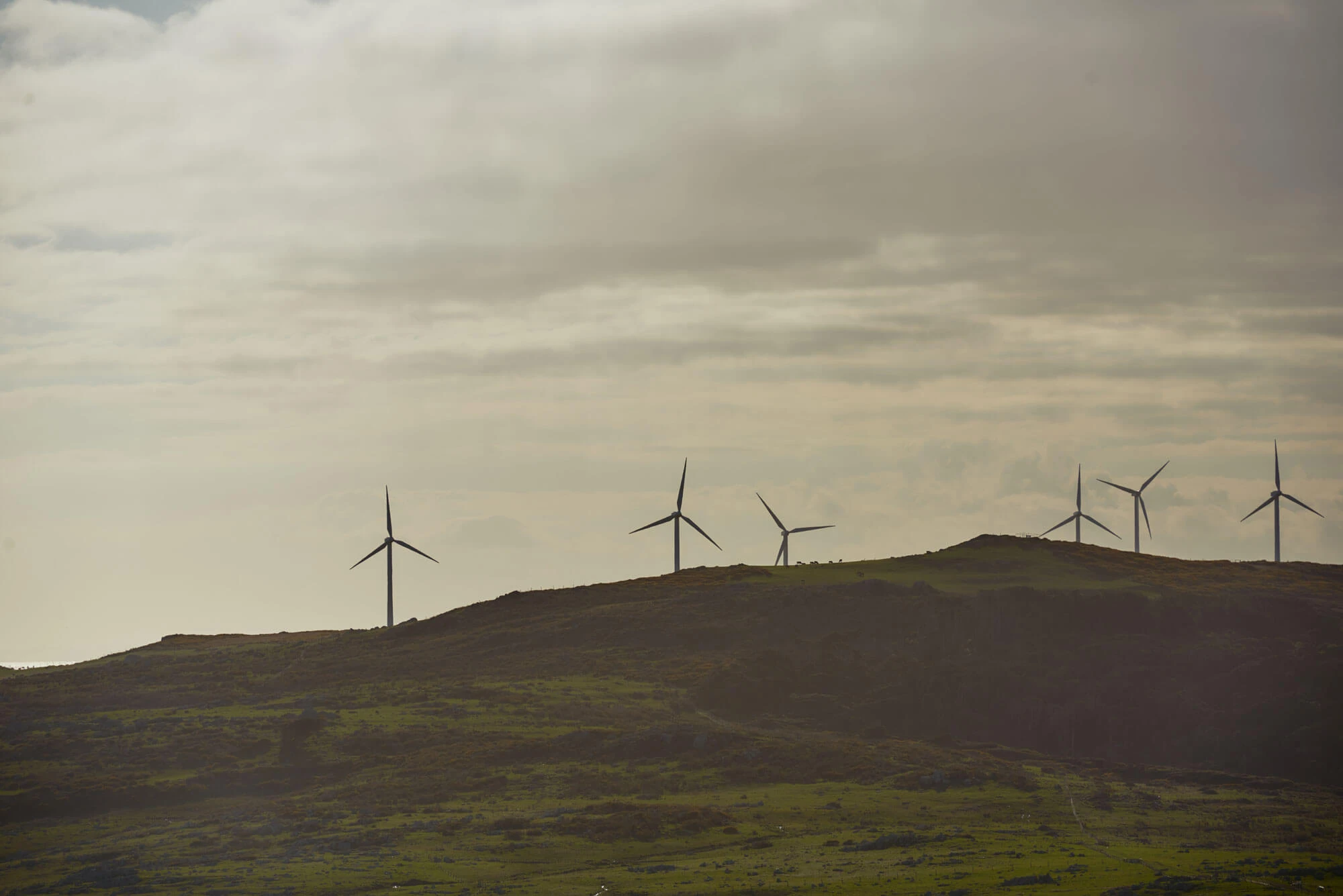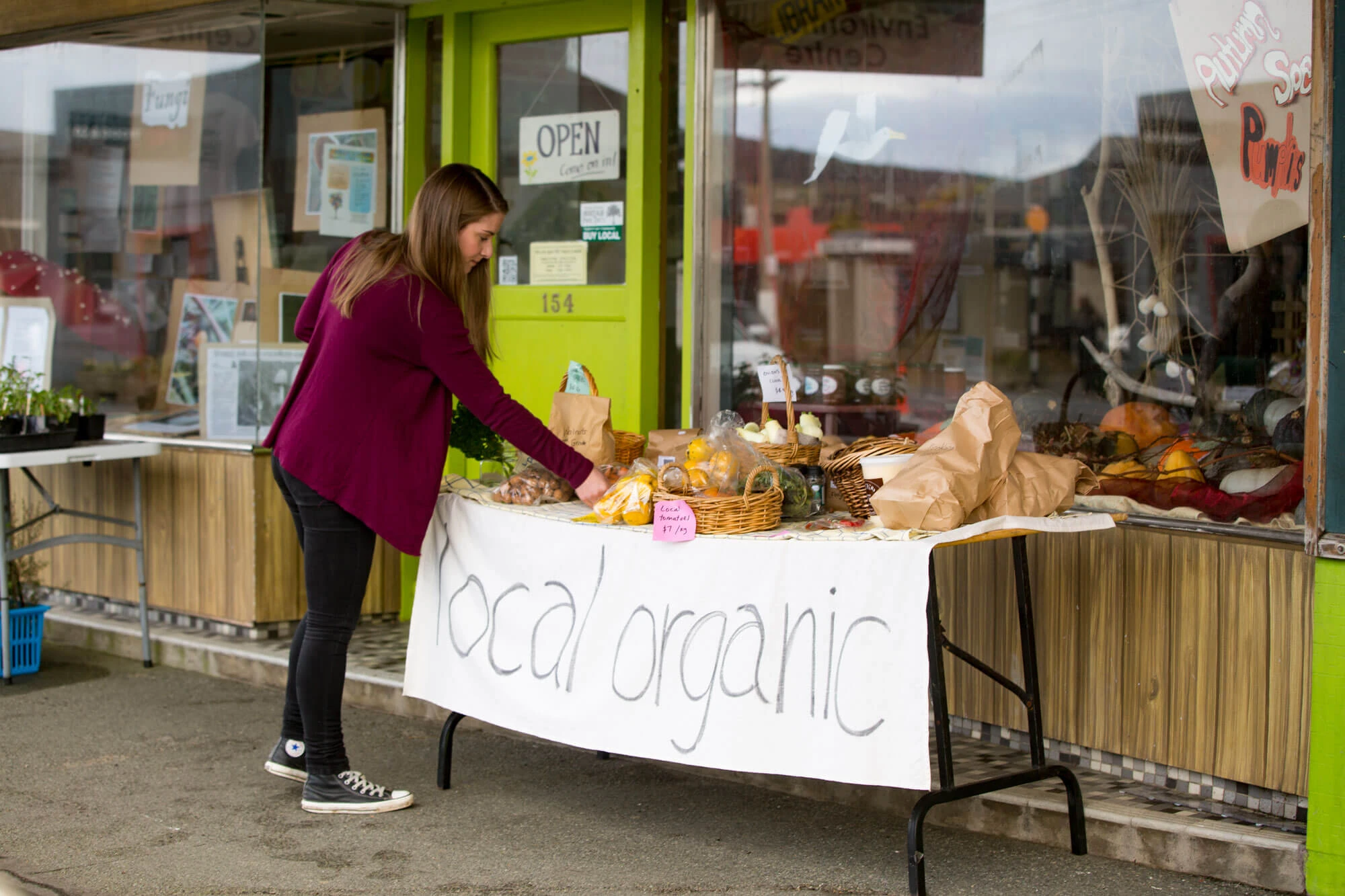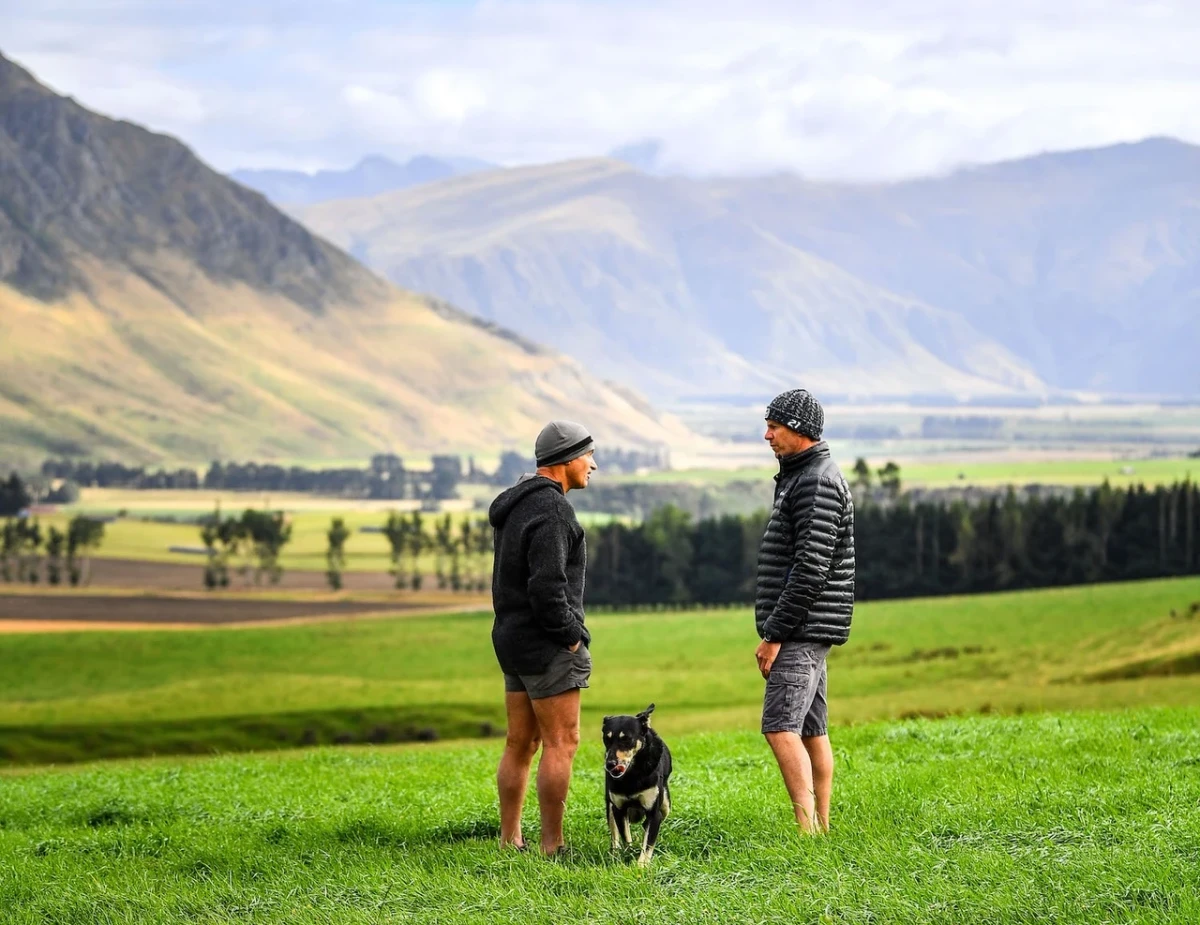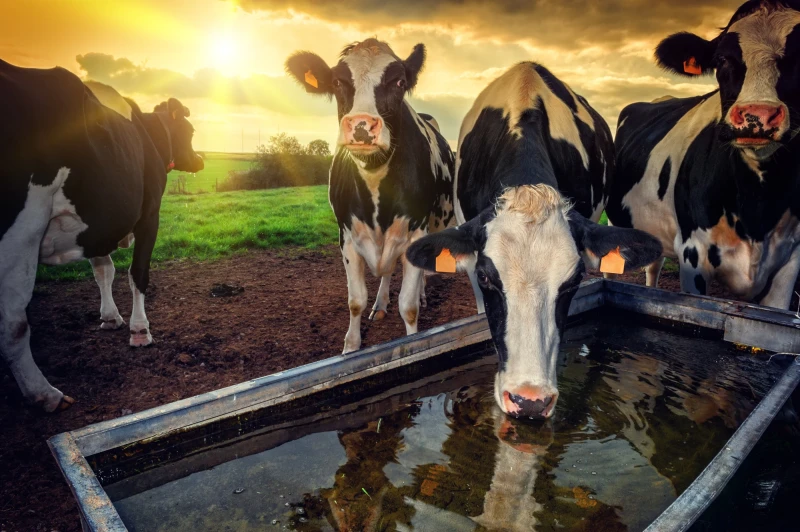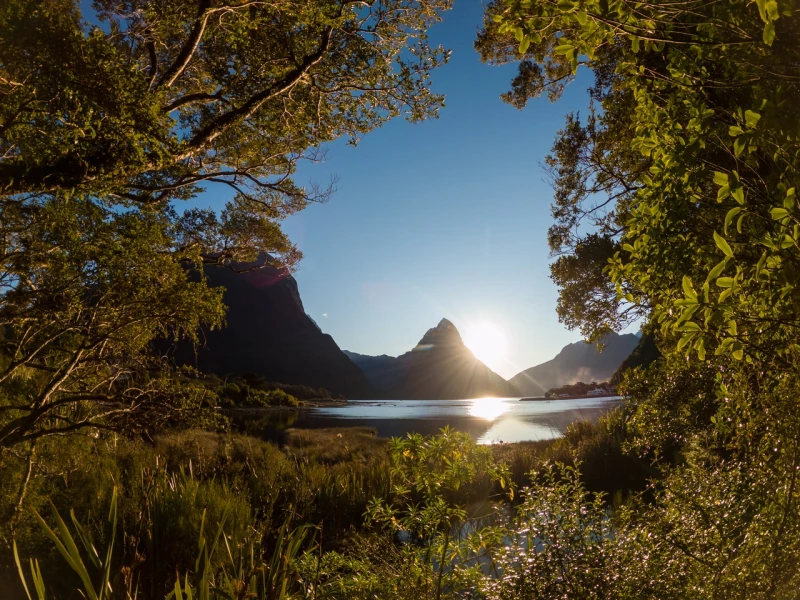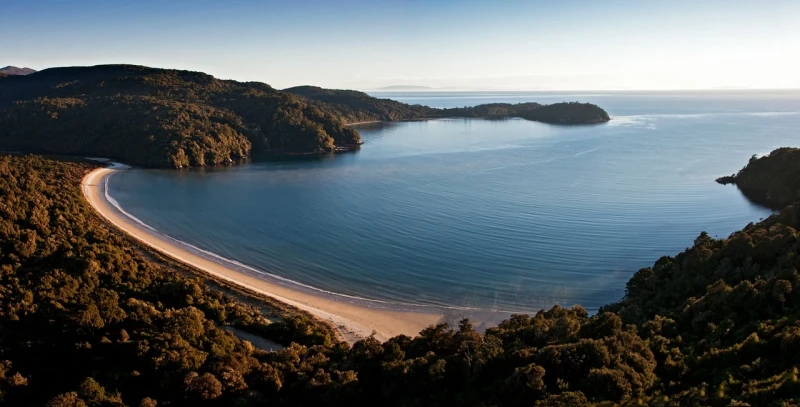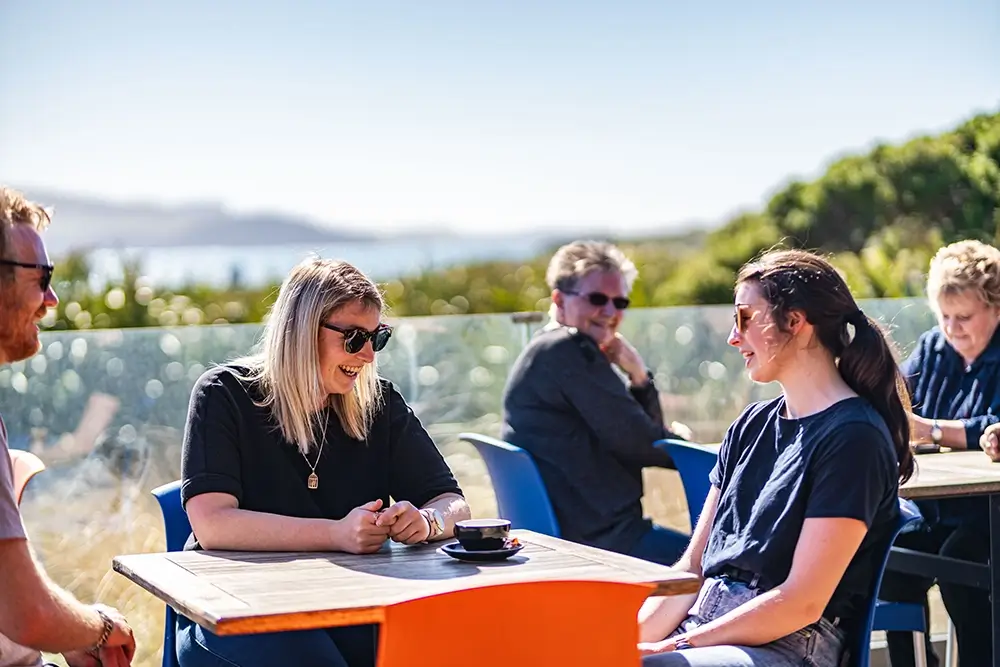The Murihiku Southland region is the second largest in Aotearoa New Zealand and covers an area (3.2m ha).
Just over half (58%) of the region is managed as conservation estate predominantly within the Rakiura and Fiordland National Parks. Farmland occupies 85% of the non-conservation land and of that, about 890,681 ha is classified as pastoral lands, predominantly supporting sheep and beef or dairy farming.
Between 1996 and 2018, most land cover classes have decreased in area; exotic forest, cropping/horticulture, and urban areas being the exceptions, all of which have increased. A steady decline in indigenous forest, tussock grassland, and other herbaceous vegetation (mainly wetlands) is also evident, as the land is continually developed (lawa.org.nz).
The rural sector is the backbone of our regional economy and is currently facing a number of significant challenges. Numerous reports and surveys consistently validate these issues which are causing people to leave the industry or make different choices about how to use their land.
The ability to grow crops in a manner that limits nutrient losses, addresses water quality and water scarcity, all without any harmful chemical residues, presents exciting opportunities for the agricultural sector. New crops can act as a catalyst driving land-use changes especially where there are significant constraints affecting existing farm systems
Forestry is an important industry for the region, especially noting the significance of biological carbon sequestration in forests as an offset for the region’s carbon. There is untapped potential for greater value-added processing in the forestry sector.
